Polypropylene (PP) spunbond non-woven fabric is a type of non-woven material made by extruding melted polypropylene through spinnerets to form continuous filaments, which are then bonded together using heat and pressure.Polypropylene spunbonded nonwovens include S,SS,SMS,SSMMS and so on.Polypropylene spunbonded non-woven fabric has the advantages of lightweight and durable, breathable and permeable, environmental protection and recyclable, waterproof, chemical corrosion resistance and so on. It is widely used in the processing of medical and sanitary products, agricultural crop cover, packaging and shopping bag materials, home textile materials, industrial filtration and building waterproofing and other fields.
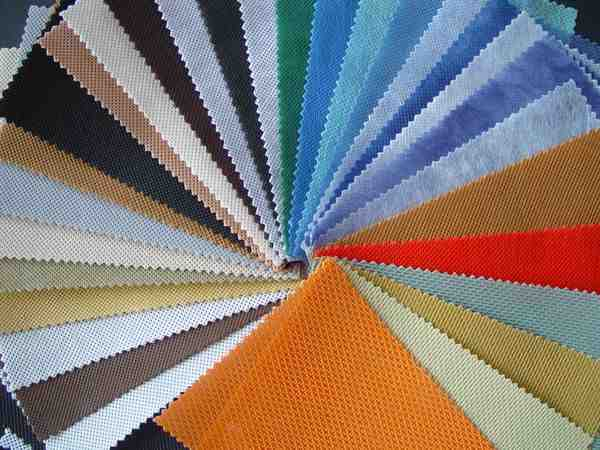
Polypropylene non-woven fabric (NWF) garden landscape mini rolls are an environmentally friendly gardening product that can effectively prevent the growth of weeds or kill them. It is a commonly used gardening product in the process of managing the g......
The plant frost protection cover bag is made of lightweight, breathable and environmentally friendly non-woven fabric through sewing technology. It is equipped with a zipper and drawstring, making it easy to install. It is mainly used to protect plan......
HYFabric Supply is a professional Plant frost blanket supplier, focusing on focusing on providing high-quality Multi-purpose reuseable cleaning cloth solutions....
Polypropylene agrotextiles crop cover is a widely used non-woven fabric for crop protection and insulation in Polish agricultural cultivation. Its proper use can increase crop yields and thereby enhance economic benefits....
Polypropylene non-woven fabric (NWPP fabric) in large rolls is raw material that has not been processed. It can be used to produce products such as shopping bags, home packaging and lining fabrics, plant cold protection covers, masks, disposable bed ......
The 16-meter-wide crop protection covering film for cold protection is made by joining 5 pieces of non-woven fabric each with a width of 3.2 meters. It is mainly suitable for large-scale coverage in farm crop cultivation. Due to its sufficient width,......
PP Nonwoven Fabric Easy Tunnel Fleece is a commonly used small greenhouse planting cover in winter garden cultivation. It comes with support rods and drawstrings, which can effectively prevent the fabric from damaging the vegetable crops. It is also ......
TNT-Tessuti Non Tessuti is a commonly used white plant protection product in Italy. It has the features of allowing light through, preventing wind, keeping warm and providing insulation....
Eco-pp frost fleece blanket is a non-woven fabric product formed by thermally melting and rolling polypropylene. Due to its features of heat insulation, breathability and cold protection, it is widely used to cover garden plants or agricultural crops......
The three layers non-woven waterproof breathable membrane also known as house wrap (Nombre del producto en español:membrana hidrofuga respirable) is made by using two layers of polypropylene non-woven fabric as the surface, with a breathable membrane......
Building waterproof breathable membrane is a key functional material in modern building envelope structures. Its core function is to prevent external moisture from entering the interior while allowing indoor moisture to escape, thereby protecting the......
1. Prepare polypropylene raw materials
2. polypropylene raw materials and color masterbatch, uv and other additives are mixed according to the required proportion
3. Use the fan to send the mixed raw materials into the bin
4.through the screw extruder heating melting
5. Filtration
6. Spinneret
7. Wire drawing
8. Trawl molding
9. Hot rolling
10. Roll up
11. Cut and pack

As masks, medical protective clothing, head covers, shoe covers, disposable sheets and other medical and health supplies the main material
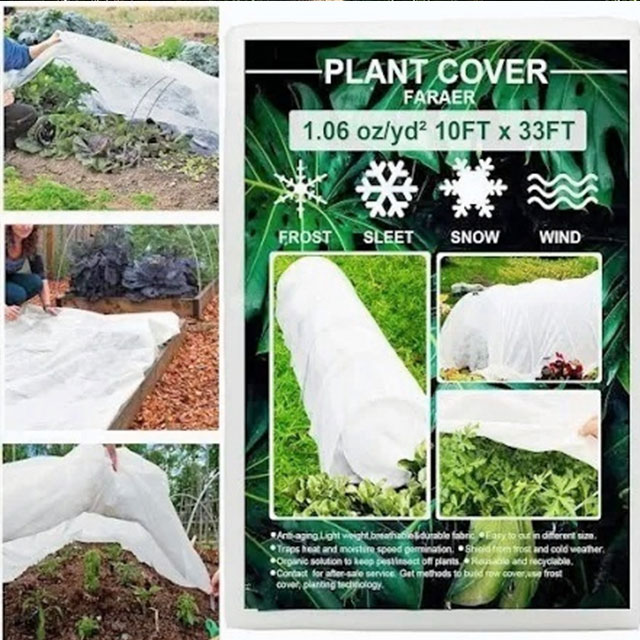
Widely used in agricultural crop cover fields
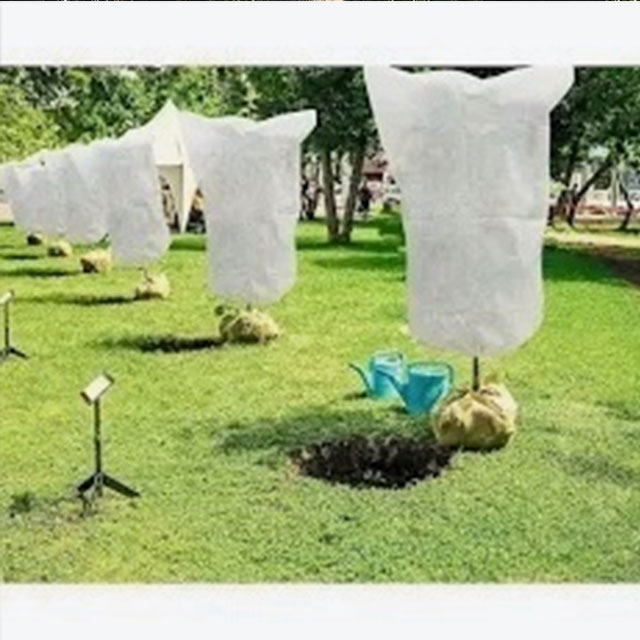
Polypropylene spunbonded non-woven fabric can be used to make plant cold bags, fruit protection bags, all kinds of dust bags and storage bags
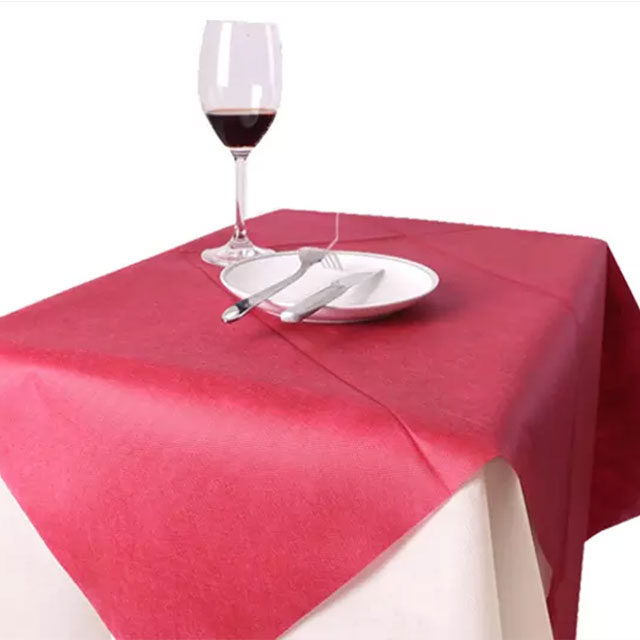
For disposable table cloths
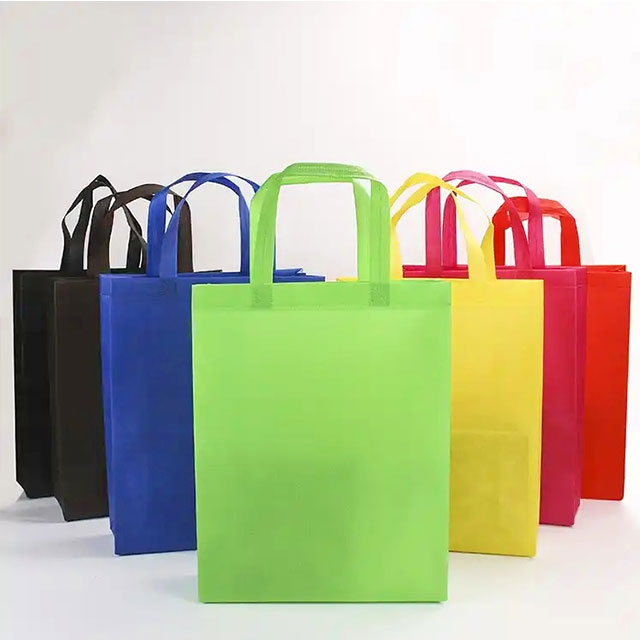
Used to make a variety of handbags, flour bags and other packaging materials
What is Polypropylene Spunbond Non-Woven Fabric?
Polypropylene spunbond non-woven fabric is a synthetic fabric made from polypropylene fibers through the spunbond process, a type of non-woven fabric manufacturing technique. The process involves extruding polypropylene resin into continuous filaments that are laid down and bonded together through heat or pressure, creating a fabric without weaving or knitting. This fabric is widely used for its durability, flexibility, and cost-effectiveness.
Features of Polypropylene Spunbond Non-Woven Fabric
Lightweight: It is very light compared to other fabrics, making it easy to handle and transport.
Strong and Durable: The fabric is tough, with good tensile strength and resistance to wear and tear.
Breathable: Despite its strength, it has a degree of air permeability, which makes it suitable for a variety of applications, especially in hygiene products.
Water-resistant: Polypropylene has good resistance to water and moisture.
Chemical Resistant: It shows resistance to many chemicals, oils, and greases.
Eco-friendly: The fabric is recyclable and can be used as a sustainable alternative to other non-recyclable materials.
Versatile: Can be produced in various colors, thicknesses, and weights to suit different needs.
Types of Polypropylene Spunbond Non-Woven Fabric
Standard Polypropylene Spunbond Non-Woven Fabric: This is the most common type, offering basic properties of strength, durability, and breathability.
Hydrophilic Polypropylene Spunbond Fabric: Treated to absorb moisture, commonly used in medical and hygiene products.
Antibacterial Polypropylene Spunbond Fabric: Embedded with antimicrobial agents to prevent bacteria growth, used in healthcare and medical applications.
UV-Resistant Polypropylene Spunbond Fabric: Enhanced with additives to resist degradation caused by UV radiation, suitable for outdoor use.
Colored Polypropylene Spunbond Fabric: Fabric dyed in various colors for aesthetic purposes or to match specific branding requirements.
Biodegradable Polypropylene Spunbond Fabric: Designed for environmentally conscious applications, it is made to break down naturally over time.
Applications of Polypropylene Spunbond Non-Woven Fabric
Medical and Hygiene Products: Face masks, surgical gowns, wound dressings, diapers, and sanitary pads.
Agriculture: Crop covers, plant protection, and soil erosion control.
Automotive: Car interiors, filters, upholstery, and soundproofing materials.
Packaging: Bags, packaging materials, and protective covers.
Construction: Used as a geotextile fabric for reinforcing soil, controlling erosion, and drainage systems.
Home Textiles: Mattress covers, furniture upholstery, and floor coverings.
Filtration: Air, water, and oil filtration systems due to its high resistance to different particles and contaminants.
How to Select Polypropylene Spunbond Non-Woven Fabric?
Application Needs: Consider the specific use, whether it’s medical, industrial, agricultural, etc. For example, if it's for medical purposes, check for certifications like antimicrobial or water resistance.
Thickness and Weight: The fabric comes in different thicknesses, measured in grams per square meter (GSM). Choose the right GSM based on strength requirements.
Strength Requirements: Depending on the application, you may need a fabric with higher tensile strength. This is especially important in industrial or automotive uses.
Breathability and Permeability: If air or moisture permeability is required, such as for hygiene products, choose fabrics designed for this purpose.
Color and Aesthetics: If color or design is important, you can select dyed fabrics or those with printing options.
Environmental Impact: If sustainability is a priority, consider biodegradable or recyclable options.
Price of Polypropylene Spunbond Non-Woven Fabric
The price of polypropylene spunbond non-woven fabric varies based on factors such as:
GSM (grams per square meter): Higher GSM fabrics tend to be more expensive due to their thickness and durability.
Special Treatments: Fabrics with hydrophilic, antibacterial, or UV-resistant treatments are priced higher.
Quantity: Bulk orders often come with discounts.
Customization: Custom colors, patterns, or specific specifications may also increase the price.
Supplier: Prices may vary depending on the region and the manufacturer, with some suppliers offering lower prices due to economies of scale.
As a rough estimate, the price can range from $1 to $3 per kilogram for basic types, while specialized fabrics (like antibacterial or hydrophilic) can cost more.
To get an exact price, it’s best to contact suppliers or manufacturers with specific product requirements.
HYFabric Supply is a professional non-woven fabric manufacturer providing comprehensive non-woven fabric solutions for specifict applications.
HYFabric Supply has 10 years experience in manufacturing non-woven fabrics.
HYFabric Supply has more than 50 professional R&D experts and a group of over 200 workers.
HYFabric Supply owns more than 5 manufacturing lines to ensure smooth delivery.
HYFabric Supply product has competitive price compared with other suppliers.
If you are looking for non-woven fabrics for your project, feel free to contact us. Our professional sales team will reply within 48 hours.
No. 3 Luoqian Street, Beiluo Town, Shouguang City, Weifang City, Shandong Province